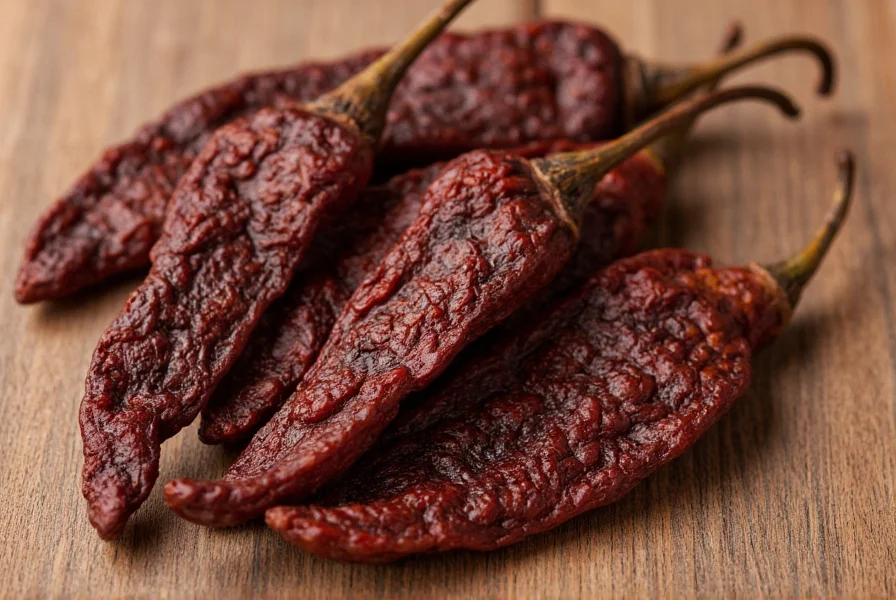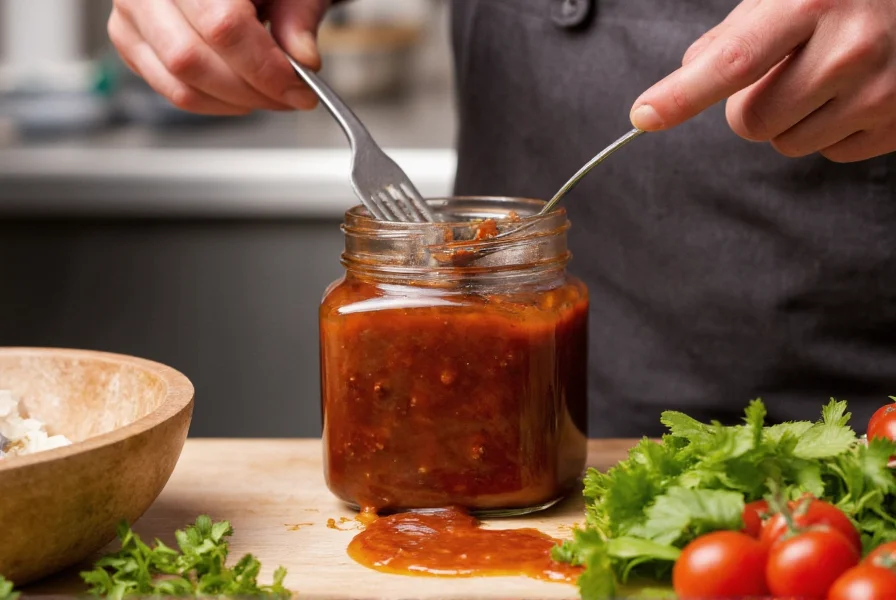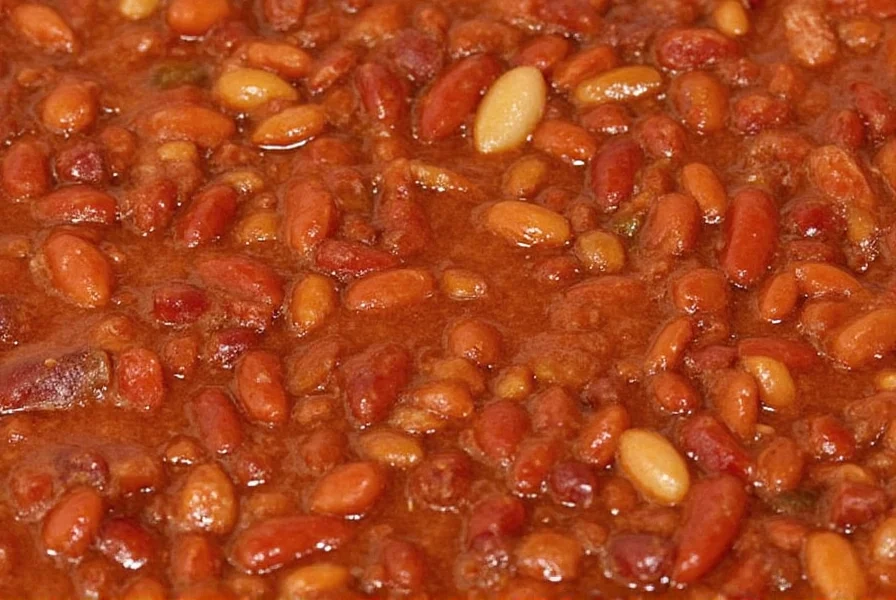Understanding what is chipotle chili requires exploring its transformation from fresh pepper to culinary treasure. The process begins with ripe red jalapeños, which are smoked for several days over wood fires—traditionally oak or pecan. This slow smoking dehydrates the peppers while infusing them with complex smoky notes. The resulting chipotle chilies typically measure 2–4 inches long with a wrinkled, leathery texture and deep mahogany color.

Origin and Cultural Significance
The practice of smoking jalapeños dates back to pre-Hispanic Mesoamerica, where indigenous communities developed smoking techniques to preserve seasonal crops. The term “chipotle” entered Spanish colonial records in the 16th century, reflecting its importance in traditional Mexican cooking. Historically, these preserved peppers provided essential nutrients during winter months when fresh produce was scarce.
Chipotle Varieties and Forms
While all chipotles originate from smoked jalapeños, they appear in several culinary forms:
| Chipotle Form | Preparation Method | Common Uses |
|---|---|---|
| Chipotle Meco | Smoked longer (10+ days), darker color | Soups, stews, traditional mole sauces |
| Chipotle Morita | Smoked shorter (5–7 days), reddish-purple | Salsas, adobo sauce, marinades |
| Chipotle in Adobo | Rehydrated in vinegar-tomato sauce | Ready-to-use in recipes, sauces |
| Chipotle Powder | Ground dried chipotles | Spice rubs, seasoning blends |
Flavor Profile and Heat Analysis
What sets chipotle chili apart from fresh jalapeños is its complex flavor transformation. The smoking process develops rich, woody notes while caramelizing natural sugars, creating a balance of smokiness, earthiness, and mild fruitiness. Though chipotles originate from jalapeños, their heat level (2,500–8,000 Scoville units) often feels more intense due to concentrated capsaicin during drying. Unlike fresh peppers where heat dissipates quickly, chipotle's warmth lingers with a distinctive smoky finish.
Culinary Applications
Chefs value chipotle chili for its ability to add depth to diverse dishes. When exploring what is chipotle chili in cooking contexts, consider these applications:
- Meat preparation: Chipotle marinades enhance grilled chicken, steak, and pork with smoky complexity
- Sauces and dips: Blended into mayonnaise, sour cream, or yogurt for spicy condiments
- Bean dishes: Adds depth to black beans, refried beans, and chili con carne
- Vegetable enhancement: Roasted vegetables gain complexity with chipotle seasoning
- Cocktail innovation: Modern mixologists use chipotle syrup in craft cocktails

Nutritional Benefits
Beyond flavor, chipotle chili offers notable nutritional advantages. Like all chili peppers, they contain capsaicin—the compound responsible for heat—which has been studied for potential metabolic benefits. A single chipotle pepper (7g) provides approximately:
- 15 calories
- 1g dietary fiber (4% daily value)
- 50% of daily vitamin C needs
- Significant vitamin A and potassium
- Antioxidants including flavonoids and carotenoids
Research suggests regular consumption of chili peppers may support cardiovascular health and metabolism, though individual responses vary.
Storage and Shelf Life
Proper storage maintains what is chipotle chili's quality. Dried chipotles last 1–2 years when stored in airtight containers away from light and moisture. For extended freshness, refrigerate or freeze. Chipotles in adobo sauce keep 2–3 weeks refrigerated after opening, or freeze portions for up to 6 months. Always check for mold or off odors before use.
Common Misconceptions
Several myths surround chipotle chili. First, chipotles aren't a distinct pepper species but specifically smoke-dried jalapeños. Second, while often associated with intense heat, their Scoville rating places them firmly in the medium range—milder than habaneros but hotter than poblanos. Finally, chipotle isn't inherently spicy in all applications; when used judiciously, it contributes smokiness without overwhelming heat.
Frequently Asked Questions
What's the difference between chipotle and jalapeño peppers?
Chipotle peppers are smoke-dried jalapeños. While jalapeños are fresh green peppers with bright, grassy flavor, chipotles undergo smoking and drying that transforms them into wrinkled, mahogany-colored peppers with deep smoky, earthy notes. The drying process concentrates flavors and slightly increases perceived heat.
How hot are chipotle chilies compared to other peppers?
Chipotle chilies range from 2,500–8,000 Scoville Heat Units (SHU), placing them in the medium heat category. They're hotter than poblanos (1,000–2,000 SHU) but milder than habaneros (100,000–350,000 SHU). The smoking process doesn't increase actual capsaicin levels but concentrates the heat, making chipotles feel spicier than fresh jalapeños.
Can I substitute chipotle powder for chipotle in adobo sauce?
Yes, but with adjustments. Use 1 teaspoon chipotle powder for every 1 chopped chipotle in adobo. Since adobo sauce contains vinegar, tomato, and spices, you'll need to add 1 teaspoon vinegar and pinch of garlic powder to replicate the complex flavor. Start with less powder and adjust to taste, as concentrations vary between brands.
Why are some chipotles called 'meco' and others 'morita'?
These terms refer to different smoking durations and resulting characteristics. Chipotle meco undergoes longer smoking (10+ days), yielding darker, more brittle peppers with intense smokiness preferred for traditional Mexican cooking. Chipotle morita receives shorter smoking (5–7 days), retaining more moisture and developing a reddish-purple hue with fruitier notes, commonly used in adobo sauce.
Are chipotle peppers healthy?
Yes, chipotle peppers offer several health benefits. They're rich in capsaicin (studied for metabolism support), vitamin C, vitamin A, and antioxidants. The smoking process preserves most nutrients found in fresh jalapeños. Like all chili peppers, they may support cardiovascular health when consumed as part of a balanced diet, though individual tolerance varies.











 浙公网安备
33010002000092号
浙公网安备
33010002000092号 浙B2-20120091-4
浙B2-20120091-4